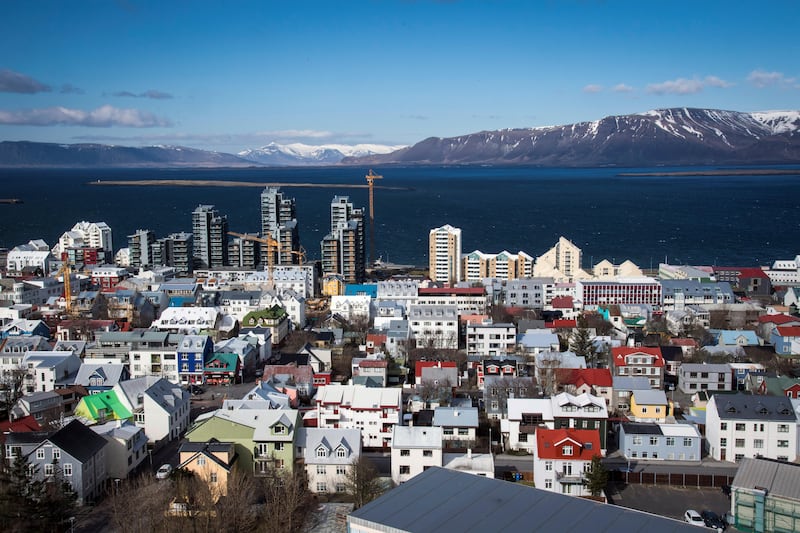Iceland is an astonishing world of stark landscapes and eye-popping natural wonders, so pleasant as Reykjavik is, time is best spent out of the capital. However, Reykjavik is undergoing a period of rapid development and change, with new hotels seemingly popping up on a weekly basis. There’s also been a boom in the number of attractions there in recent years, which means that if you’re limiting yourself to just one day before heading further afield, there’s a pleasingly large amount to cram in. And that’s particularly the case during Northern Lights season, which runs between now and April.
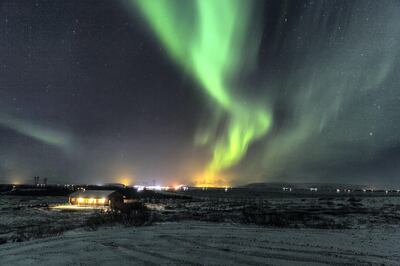
07.00: To the water
For somewhere so northerly and chilly, Iceland has a bit of an obsession with open air pools. Of course, it helps when you have all manner of tumult going on under the surface to heat them up. Swimming around in thermally heated pools in much more pleasant – it’s just the run to the changing rooms afterwards that’s bracing.
Laugardalslaug is Reykjavik's largest thermal swimming complex, with a sprawling lagoon-like family pool and an Olympic-sized effort for lane swimmers. The water's heated to between 27 and 29 degrees Celsius, and entry costs 950kr (Dh34).
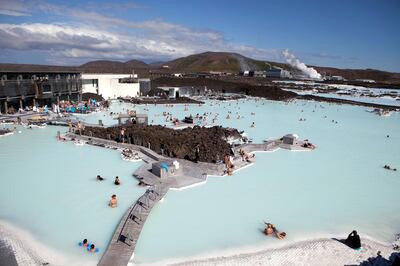
09.00: To the deeper water
The North Atlantic is, of course, a rather bigger swimming pool. And you get rather bigger things swimming in it. Whale-watching is gradually taking over from whale-harpooning in Iceland, and Elding is amongst several operators offering tours to go and see the giants of the ocean.
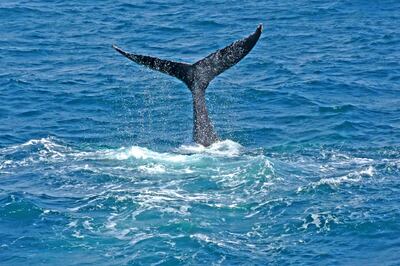
Minke whales are the most commonly spotted, although humpbacks, fin whales and blue whales are sometimes seen too. That’s before you get to orcas, white-beaked dolphins and harbour porpoises. Three hour cruises cost 10,990kr (Dh385) – and in the summer months there’s an option that goes to a puffin colony too.
12.15: Fish feast
Rather predictably, Iceland's culinary strength is seafood. And while the waterside Sægreifinn may not be the fanciest fish joint in town, it's arguably the most popular. Lobster soups are served up on egalitarian long tables, while the fish skewers – the cod version cost 1,850kr (Dh65) – are the posh option.
13.00: Cetacean close-ups
If you didn't get quite enough of the whales earlier, then the Whales of Iceland exhibition should act as dessert. Here, the concept is simple – lifesize models of every whale and dolphin found in Icelandic waters, on a perch or hanging from the ceiling in a giant hangar. It's a pretty spectacular display, and standing alongside them makes you realise just how phenomenally huge they are. But it's informative too – each one has a touch screen next to it, with facts and figures to scroll through. Tickets cost 2,900kr (Dh102).
15.00: Back to the start
For more education on something completely different, Reykjavík 871±2: The Settlement Exhibition has the remains of a 10th century Viking age hall downstairs. And, around it, are displays on how Iceland came to be settled from Norse-speaking Scandinavia. Holograms on the walls show shepherds, hunters and fishermen to liven up the archaeological finds in the cabinets below. But above all it tells the story of how people made a life on one of the last uninhabited major land masses on earth.
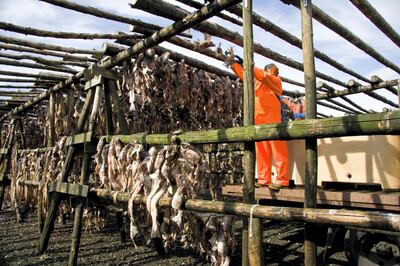
18:00: Choice on the (relative) cheap
In a city where eating out is very, very expensive, the new Hlemmur Food Hall inside a former bus terminal building is a great find. It has an upmarket look, with several small stall/ restaurant hybrids, specialising in something in particular. So one does Vietnamese banh mi, another burritos, another nitrogen ice creams, while Krost goes in for grilled meats such as the 72 hour marinated lamb with potato salad and rhubarb jam for 2,750kr (Dh97).
20.00: The sky at night
During the winter months, Iceland is about as good as anywhere for seeing the aurora borealis – otherwise known as the Northern Lights. The light show is never guaranteed, though.
City light pollution affects the visibility, so the cheap way to see the aurora is to take your hire car and drive out to a random part of the countryside. But there are also organised four to six hour tours available, and Arctic Shots runs one that is tailored to those who want to get the best photos. Destination depends on climactic conditions, guides are all professional photographers, and there's tuition on how to best use your camera to get the most impressive shots. This costs 25,000Kr (Dh875).
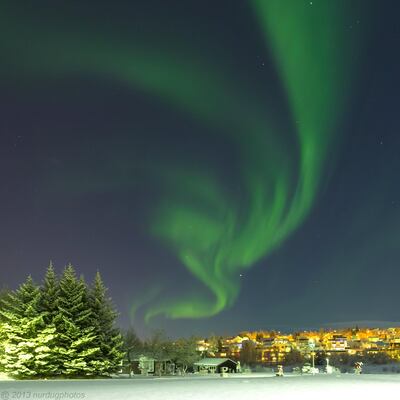
Rest your head
Right in the heart of the city, the Hilton Canopy has an endearingly hyperactive design – lots of mismatched furniture, books and vinyl records sprinkled around shelves everywhere and double take-inducing wall art. It also hands out free snacks between 6pm and 7pm, while there are free bikes for anyone wishing to get around on two wheels. Doubles cost from 30,597kr (Dh1,071), including breakfast.
Getting there
There are no direct flights to Reykjavik from the UAE, and the quickest connection is via London Heathrow with British Airways – which flies from both Dubai and Abu Dhabi. Return fares cost from Dh2,623. Specialist tour operator Discover The World tailor-makes itineraries that maximise time and experiences in Reykjavik and elsewhere in Iceland.
More information
[ www.InspiredByIceland.com. ]
______________________
Read more:
[ Travel briefs: four places to see the Northern Lights ]
[ 24 Hours in Melbourne, Australia ]
[ Bolt to the Baltics on new route with Etihad ]
______________________
